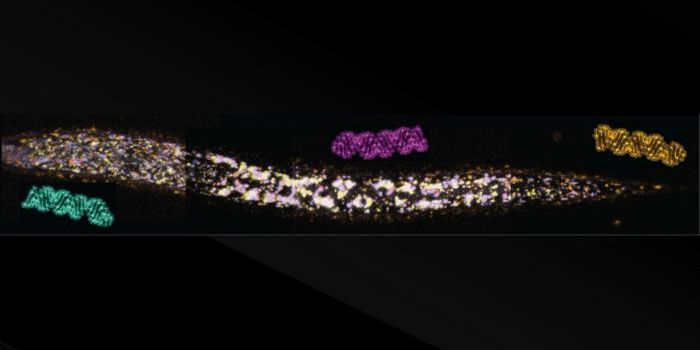Differences in Pediatric vs. Adult Cancer Force the Discussion of Effective Therapies
Many people have been affected by cancer in one way or another. Whether it be a family member, friend, or oneself, it is a devastating diagnosis that changes the dynamic of the family and becomes a challenging time for everyone involved. When a child gets cancer, these challenges seem even more apparent. While many believe cancers are the same, there are some unique differences between cancer types and thus require unique treatments. For adults, there is much research being done to understanding cancers and treating them. Unfortunately, the same cannot be said for pediatric (childhood) cancer. The National Pediatric Cancer Foundation claims "only 4% of the billions of dollars that are annually spent on cancer research and treatments... directed towards treating childhood cancer." According to the American Cancer Society, cancers that affect children are very different from cancers that affect adults. Treatments commonly used for adults prove ineffective at treating childhood cancers.
We do not know much about the differences between adult and childhood cancers. Dr. Brian Hutzen and a team at the Center for Childhood Cancer and Blood Diseases at Ohio State University College of Medicine have compiled recent findings of the differences between childhood and adult cancers. They aim to “[highlight] the differences in tumorigenesis [cancer growth], viral infection, and immunologic [the immune system] response between children and adults.” Compiling and performing the studies highlighted here works to treat pediatric cancer better using adult cancer treatment therapies. Hutzen and his team state that “although childhood and adult cancers share several commonalities, we are increasingly aware that pediatric cancers are unique." Treatments that may work for treating adult cancers may not work for childhood cancers. This is due to drastic differences in the immune system of children and adults and affects the way the cancerous tumor grows and metastasizes, as well as which treatments are effective. Thus immunotherapies that target cancer in adults may not work the same in children.
The three main differences in pediatric cancer compared to adult cancer, involve tumor, immune, and antiviral mechanisms.
Tumor mechanisms of growth vary greatly in pediatric cancer compared to adult cancer. Children have not been exposed to as many environmental stressors that would contribute to their development of cancer. Thus, childhood cancers seem to be rooted in mutations within cells from birth, and rearrangements of chromosomes as developing embryos.
Pediatric cancers have shown higher immunosuppressive properties than their adult counterparts. Tumor-associated macrophages (TAMs) are a type of white blood cell that are in high numbers within pediatric cancers. TAMs secrete “angiogenic, proliferative, and immunosuppressive factors,” all aiding in the survival and growth of the tumor. Because the tumor environment is immunosuppressive (stops the immune system from working), pediatric cancer can be resistant to immunotherapies (therapies involving the use of the immune system itself).
Virotherapy or the use of viruses to induce and immune cell response and destruction of tumors has proven effective in adult tumors but has not been extensively studied in pediatric tumors. Children respond differently to viral infections than adults do. One study revealed that exposing neonatal (baby) and pediatric mice resulted in death due to complications from the virus previously unseen in the adult mice. The reason for this difference was due to the developing cells within the pediatric and neonatal mice being affected. Fully formed cells in adult mice are not affected by the virus. The susceptibility to symptoms of certain viruses also varies from children to adults. Depending on the age of the child, viral infections used to treat cancer could kill the child if their immune system is undeveloped.
New clinical trials combining immunotherapies and virotherpies prove to be promising, but many more studies have to be done to determine the efficacy of such treatments. These treatments are now developing with more extensive knowledge of the differences between adult and pediatric cancers.
To learn more about current promising treatments, the CAR T cell therapy in childhood acute lymphoblastic leukemia, click here, what this video below:
Sources:
"Immunotherapeutic Challenges for Pediatric Cancers" Hutzen et al.








